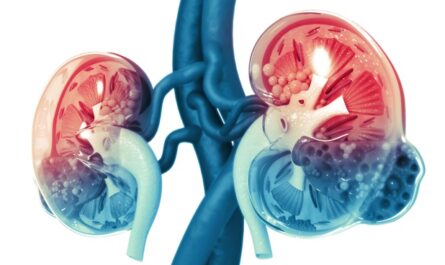A recent study conducted by Kobe University has revealed that self-monitoring physical activity using an accelerometer and receiving feedback can significantly enhance the physical activity levels of elderly individuals who rely on long-term support. This innovative approach offers a simple and safe solution to boosting mobility in this vulnerable demographic, potentially preventing severe illnesses and reducing long-term care expenses.
It is widely recognized that increasing physical activity and reducing sedentary behavior can have a profound impact on a variety of noncommunicable diseases, including heart disease, diabetes, orthopedic conditions, and stroke. Seniors receiving long-term care, such as those in day-care centers, often lead sedentary lifestyles, which puts them at a higher risk of developing health issues compared to their healthier counterparts of the same age.
The study, led by health scientists IZAWA Kazuhiro and KITAMURA Masahiro, involved 52 long-term care patients at a daycare center in Japan. Participants were educated on the importance of improving physical activity and were asked to wear accelerometers to track their steps, sitting time, and various activity levels. Additionally, the intervention group of 26 participants maintained a daily progress journal and received weekly feedback and guidance.
Published in the European Geriatric Medicine journal, the findings indicated that the intervention group exhibited increased step counts, reduced sitting time, and higher engagement in light physical activities. The researchers highlighted that the results of the study were particularly significant for this target population, emphasizing the difficulty in enhancing physical activity levels among individuals with long-term care needs.
The study’s unique approach of focusing on both steps taken and sedentary behavior sets it apart from previous interventions that primarily concentrated on step counts alone. By including the monitoring of sedentary time, the researchers aimed to encourage participants to engage in activities that require minimal mobility, such as standing or taking short walks indoors.
Although the five-week duration of the study limited the assessment of the intervention’s impact on health-related quality of life, the researchers highlighted the importance of these findings as a basis for future research on promoting physical activity among older adults in need of assistance. They suggested that larger-scale studies incorporating a wider range of activities and long-term monitoring are necessary to confirm the sustained benefits of self-monitoring interventions.
In conclusion, the study underscores the effectiveness of simple tools such as accelerometers, self-monitoring, and feedback in enhancing physical activity levels among elderly individuals requiring long-term care. By promoting mobility and reducing sedentary behavior, these interventions have the potential to improve the overall health and well-being of this vulnerable demographic and contribute to more effective care prevention strategies in the future.
*Note:
1. Source: Coherent Market Insights, Public sources, Desk research
2. We have leveraged AI tools to mine information and compile it




